Toxic Townships: Landfill Leak Raises Concerns
TOXIC TERROR: Saint Louis’ history with radioactive materials may finally be catching up to it, threatening catastrophe to the suburbs nearby.
The world’s oldest nuclear weapons’ waste could be in the air, the soil or even within homes. What seemed like a wonderful place to raise children has turned into a nightmare for the citizens of the St. Louis suburbs. These families are living just miles from the West Lake Landfill, which was given the Superfund status in the 90s: A title received only by the most contaminated areas in the country. With little help from the government, residents are dying due to rare cancers that come from exposure to what appears to be toxic elements. Their homes were unknowingly a part of the birth of the atomic age. It all began in 1942, when St. Louis was selected as a center for holding uranium in order to assemble the first atomic bomb.
Throughout the following 25 years, the radioactive waste was transported in small increments to the northern suburbs of St. Louis, where eventually all 47,000 tons were dumped. Now, the landfill contains an underground fire, known as a Subsurface Smoldering Event; the fire is burning and emitting toxins like uranium, thorium and radium, where it can be carried miles from the site of the burn, right up to the doorstep of these homes, where contamination can occur.
Following recent media attention toward groups like Just Moms STL, a documentary called “Atomic Homefront” that was released in 2017, publicized the issue and ultimately gained attention for the community by showcasing personal stories. One community member within the documentary named Anna Vasilenok states in a public meeting that she moved from Chernobyl in order to relieve her family of this type of tragedy, then went on to tearfully recall all the family members she lost from cancer due to the nuclear disaster. She asked the government officials within the meeting “Do you want that for your children? Who will pay for all the expenses of cancer?” Staring into the sympathizing audience surrounding her, Vasilenok said “the government has to be held responsible,” and that the government officials they had elected only had interests in their own money. The community “can’t be quiet anymore,” she vehemently declared.
Like Vasilenok, the Just Moms STL group speaks volumes for this issue and surpasses their namesake with their important mission. The early days of this society was a Facebook page where worried community members posted their grievances and advice on the situation. When the conditions of the environment escalated, so did the responsibilities of the group. Dawn Chapman, a forthright activist and co-founder of the group states that cleaning up the St. Louis area is their task bebeen a pivotal role in the intervention of media (and therefore, policymakers) to create real change for their community. They even extended their activism to marching in Washington when Gina McCarthy, a former administrator for the EPA, wouldn’t answer their emails.
Unfortunately, the Just Moms STL organization’s suspicions were correct. In August 2015, soil was found to be contaminated with Thorium 230 at St. Cin Park, a popular playground for children and high schoolers in the Hazelwood area. The community arranged an emergency meeting with local officials, where they learned that the parks are still open for families and children to visit; enraged, community members stepped forward to challenge these representatives. One man announces that “the original point where [the waste] had come from took [his] father” and now, “this park has taken [his] son” — all of this taking place in the parks where the gates are still wide open.
Hazelwood Parks City Manager Matthew Zimmerman disconcertedly stated back to the distraught families, “If we didn’t have parks there, then where would the children go?” As of January 2018, it has been declared that all companies liable for the dumping owe an expected cost of $236 million, which is a large increase from the project fund of $24.5 million in previous years. Although not enough to form a buy-out option for those who need the funds to move out of their contaminated homes, it is physical and monetary action that is heavily needed for these residents. It will partially excavate tons of radioactive waste from the Republic Landfill in St. Louis over the next five years.
Ironically, a large sign posted in front of Republic Landfill’s site brightly states that “Customer satisfaction is the key to our success!” Whether this is the satisfaction of the community members, or of their own greedy agenda is up to the lawmakers to decide.
Your donation will support the student journalists of Saint Louis University. Your contribution will help us cover our annual website hosting costs.



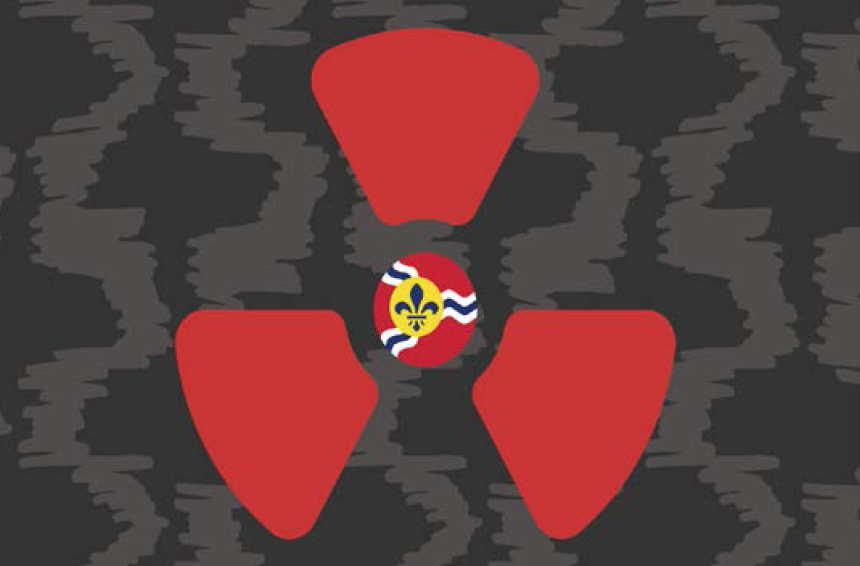
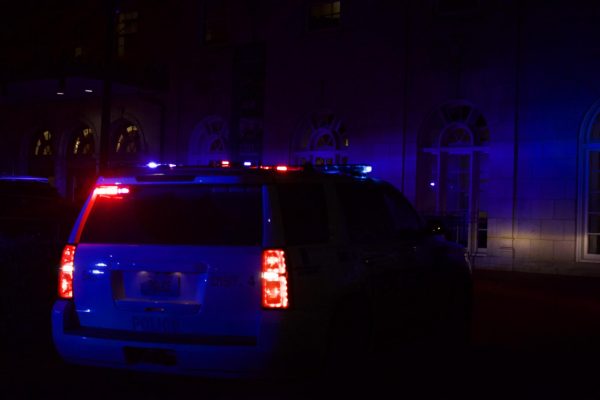
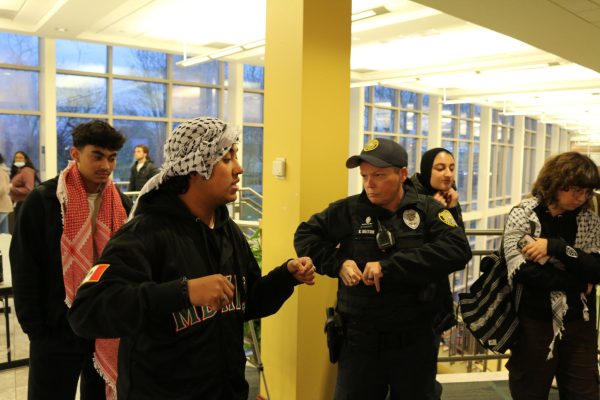
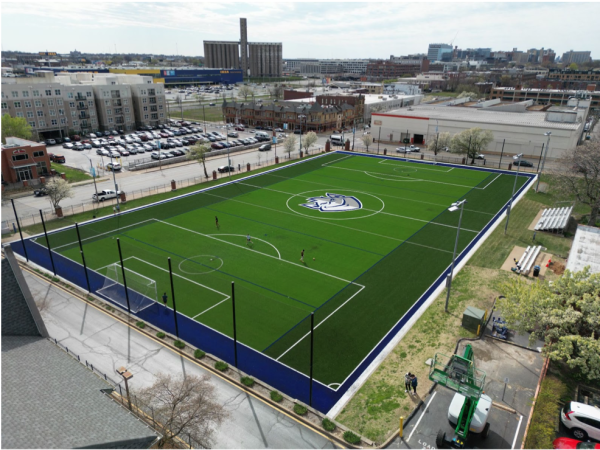

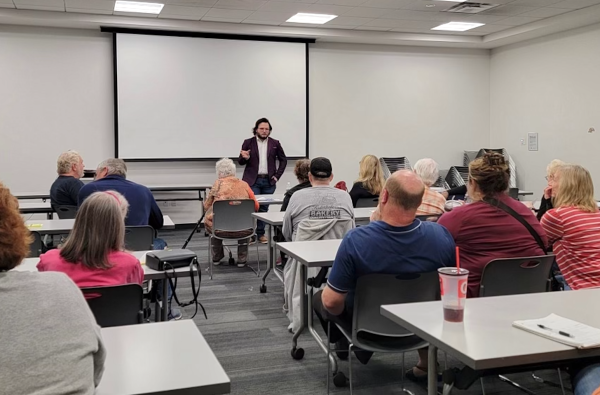
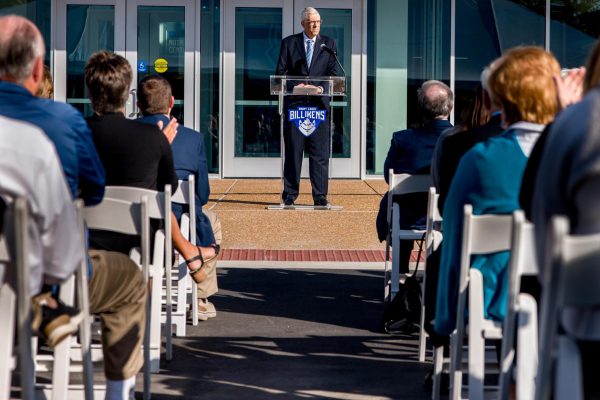
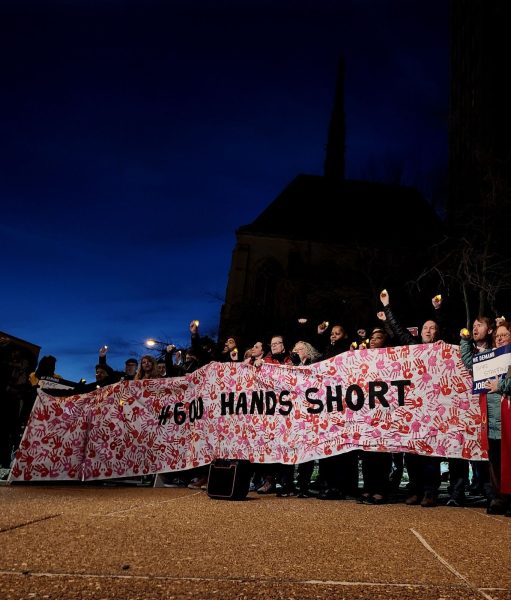
Noel Wauchope • Apr 3, 2018 at 8:44 pm
Good article. Important to keep this issue in mind – and in public view. Though this St Louis radioactive contamination is very bad one, it is not the only one. The world needs to wake up to this nuclear waste poison.
The nuclear lobby is now promoting thorium reactors as “clean””modern” “OK”. These reactors need plutonium or enriched uranium to kick off the fission process. They still leave toxic wastes.
Is St Louis the “canary in the coal mine for the rest of the world?